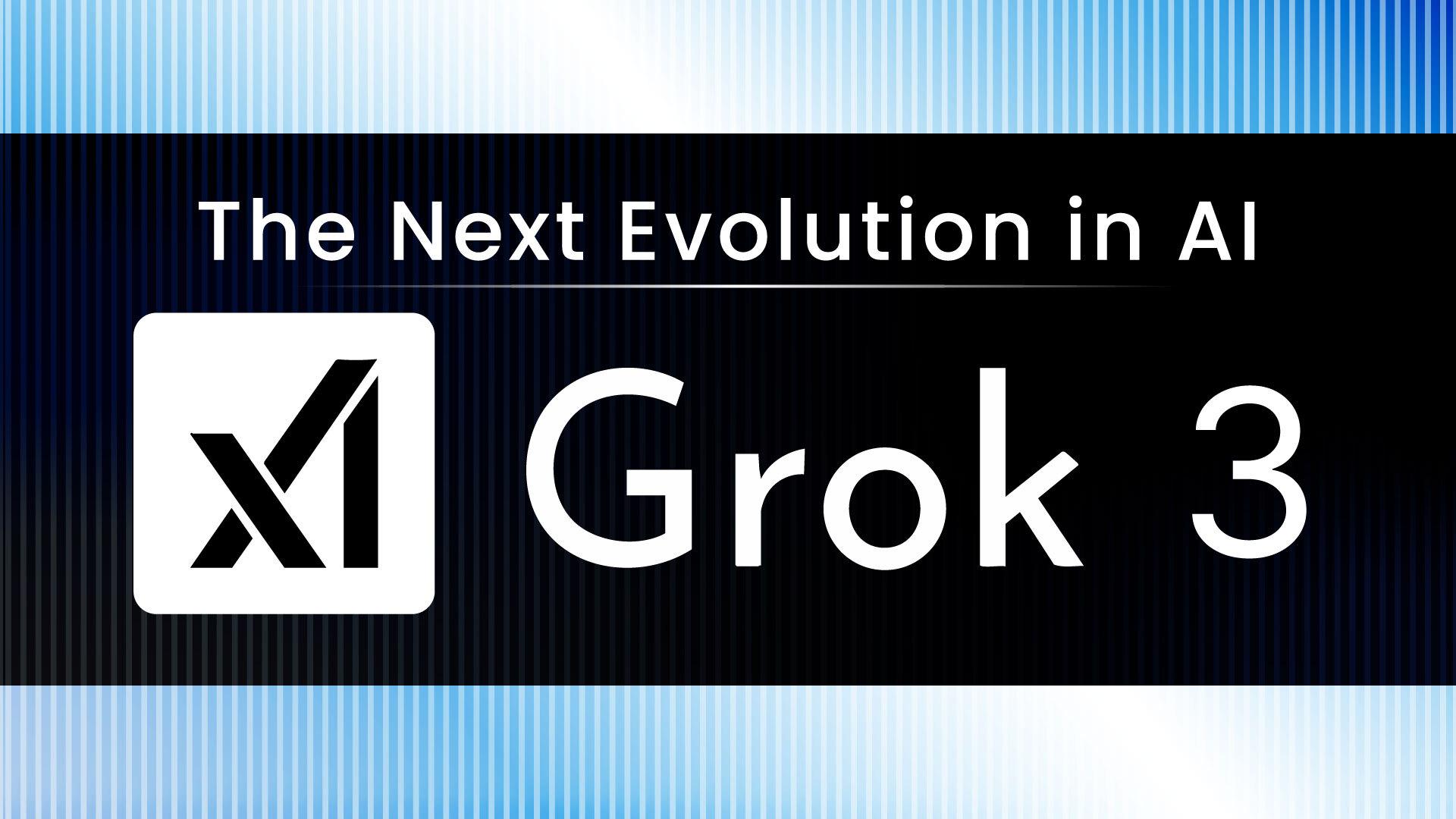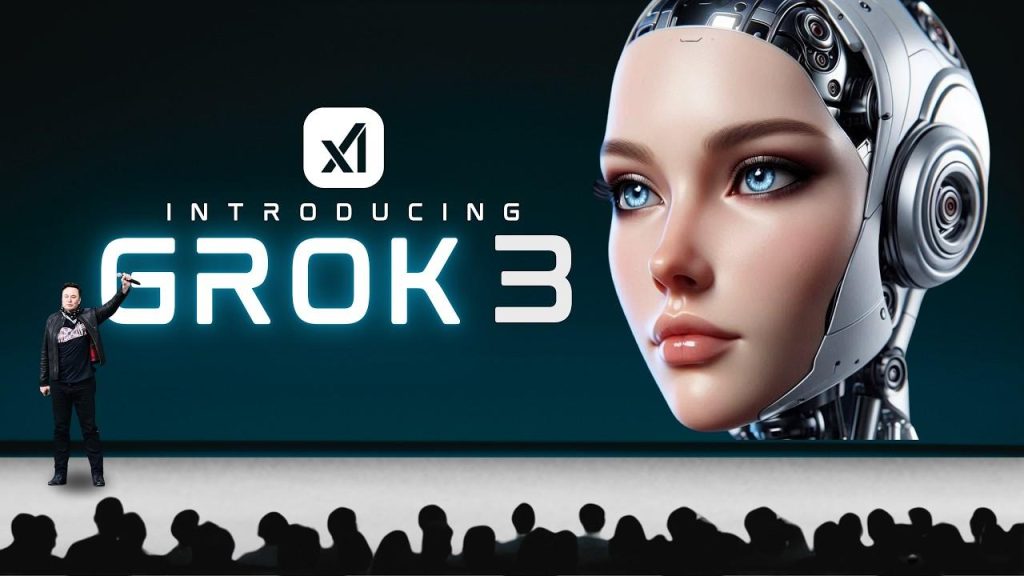The AI landscape is undergoing a seismic shift with the unveiling of Grock 3, the latest iteration of Elon Musk’s AI chatbot from his company, xAI. This new model, powered by a supercomputer developed in Memphis, Tennessee, has generated considerable buzz following its extraordinary performance in early benchmarking tests, where it outperformed major competitors like DeepSeek and even closely rivaled OpenAI’s prestigious GPT-4 Turbo model. As the race for AI supremacy intensifies among tech giants including OpenAI, Google, and Meta, Grock 3 emerges as a formidable contender, notably in complex reasoning tasks—a domain where its predecessor struggled. Early findings from testers, including Andre Karpathy, former OpenAI researcher, reveal that Grock 3 excels in challenges that require sophisticated logical thinking and problem-solving skills. With this significant leap forward, questions abound about the implications of Grock 3’s capabilities for the broader AI industry and its future potential in shaping next-generation technologies.
Latest Advances in AI with Grok 3’s Release
The launch of Grok 3 has brought significant enhancements in natural language understanding and generation, redefining user interaction with AI systems. With an intricate neural network architecture, Grok 3 demonstrates remarkable proficiency in managing ambiguous queries, enabling users to engage in more nuanced conversations. Key features include:
- Contextual Awareness: Grok 3 maintains an improved sense of context over extended dialogues, allowing for a more coherent and relevant exchange.
- Adaptive Learning: The model utilizes reinforced learning techniques, evolving its responses based on user feedback and preferences.
- Multimodal Inputs: Users can now incorporate textual, visual, and auditory inputs, considerably enhancing the breadth of interaction.
Analysts are wary but intrigued by the implications Grok 3 may have on enterprise-level applications as well. The technology’s ability to seamlessly integrate with existing workflows positions it as a valuable asset in fields ranging from customer service to data analysis. As industries look to leverage AI for efficiency gains, Grok 3’s advanced analytical capabilities promise to deliver insights and recommendations that can transform decision-making processes.Moreover, the ongoing competition between xAI and its rivals not only fuels innovation but also creates a more dynamic landscape for consumers eager for cutting-edge solutions.
Comparative Performance Analysis: Grok 3 vs. Industry Leaders
In recent evaluations, Grok 3 has showcased a streamlined performance that sets it apart from industry stalwarts such as DeepSeek and OpenAI’s GPT-4 Turbo.Testers report that Grok 3 excels particularly in nuanced tasks requiring advanced problem-solving and logical reasoning, outperforming its competitors with a superior grasp of contextual nuances. This capability is attributed to its sophisticated neural architecture and a unique approach to data processing that allows for rapid adaptability in response to diverse inputs. Key performance highlights include:
- Enhanced Reasoning: Grok 3’s algorithms enable it to tackle complex logical puzzles more effectively than its rivals.
- Faster Response Times: The model processes inquiries at a speed that significantly cuts down user wait times, making interactions feel more instantaneous.
- Robust Scalability: Designed to handle a variety of applications, Grok 3 adjusts its performance dynamically, ensuring efficiency across multiple use cases.
The competitive edge of Grok 3 is noteworthy not just for its immediate applications but also for its potential to reshape industry standards. Users are particularly impressed with its ability to learn on the fly, refining its algorithms based on real-time interactions, effectively creating a feedback loop that enhances user experience over time. Such innovations could redefine market expectations, pushing existing leaders to accelerate their advancement cycles as they seek to keep pace with Grok 3’s trajectory. This shift in power dynamics challenges the status quo, hinting at a future where collaboration and competition will drive unprecedented advancements in AI technology.
Revolutionizing Complex Reasoning: Grok 3’s Advanced Capabilities
The introduction of Grok 3 marks a turning point in the use of artificial intelligence for tackling complex reasoning tasks. With its multi-layered analytical framework, this model not only excels in logical deductions but also integrates contextual facts seamlessly, which allows it to adapt to varied user inputs effectively. Observations from early testers indicate that the model is capable of engaging in dialogues that require a deeper understanding of human intent and nuances. Among its standout features are:
- Contextual Integration: Grok 3 offers a sophisticated approach to context management, enhancing its relevance across various conversational scenarios.
- Dynamic Problem-Solving: The model showcases an unprecedented ability to navigate through intricate problems, frequently enough suggesting innovative solutions that were previously unattainable with older systems.
- Real-time Adaptation: Users have reported that Grok 3’s learning mechanism allows it to refine its responses continuously, based on the context of ongoing interactions.
The ramifications of Grok 3’s advanced reasoning capabilities extend beyond mere academic curiosity and into practical applications across numerous sectors. As businesses explore AI-driven solutions, Grok 3’s proficiency in complex analytical tasks stands to revolutionize areas such as financial forecasting, strategic planning, and customer engagement. Its ability to comprehend and process large datasets with ease not only enhances operational efficiency but also empowers organizations to make informed decisions based on predictive analytics. This progressive architecture illustrates the model’s transformative potential, ultimately raising the stakes in the field of AI as it encourages rapid advancements among competitors.
Implications for the Future of Artificial Intelligence
The emergence of Grok 3 signals a pivotal shift in the trajectory of artificial intelligence development, particularly in areas that demand intricate reasoning and adaptability. Industry experts predict that as AI models become more sophisticated, we may witness a broader adoption across various sectors, including healthcare, finance, and education. The versatility of Grok 3 suggests it could redefine user interactions,while challenges surrounding ethical AI and bias management remain at the forefront of discussions. Key considerations for the future include:
- Ethical Implementation: As AI tools like Grok 3 gain traction, establishing ethical guidelines and standards will be crucial to ensure responsible use.
- Bias Mitigation: Continuous effort will be needed to address and reduce biases in AI outputs, ensuring fair and equitable delivery of services.
- Interdisciplinary Collaboration: The advancement of AI technologies necessitates collaboration between technologists, ethicists, and industry leaders to drive extensive solutions.
Additionally, Grok 3’s advanced capabilities highlight the potential for creating AI systems that complement and enhance human decision-making rather than replace it. This paradigm shift could lead to a future where AI acts as a strategic partner, assisting in complex problem-solving and fostering creativity within professional environments. Organizations may need to adapt their workforce strategies to accommodate these new tools, balancing human skills with advanced AI capabilities. The evolving landscape suggests that we are only at the beginning of a transformative era where machine intelligence collaborates seamlessly with human intellect.























